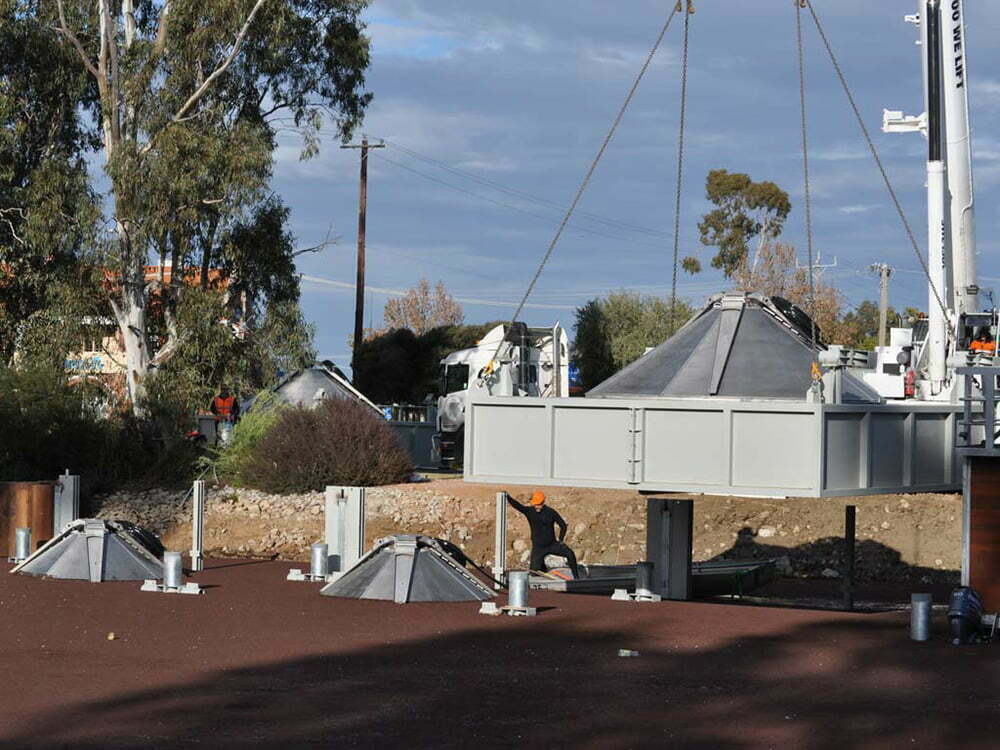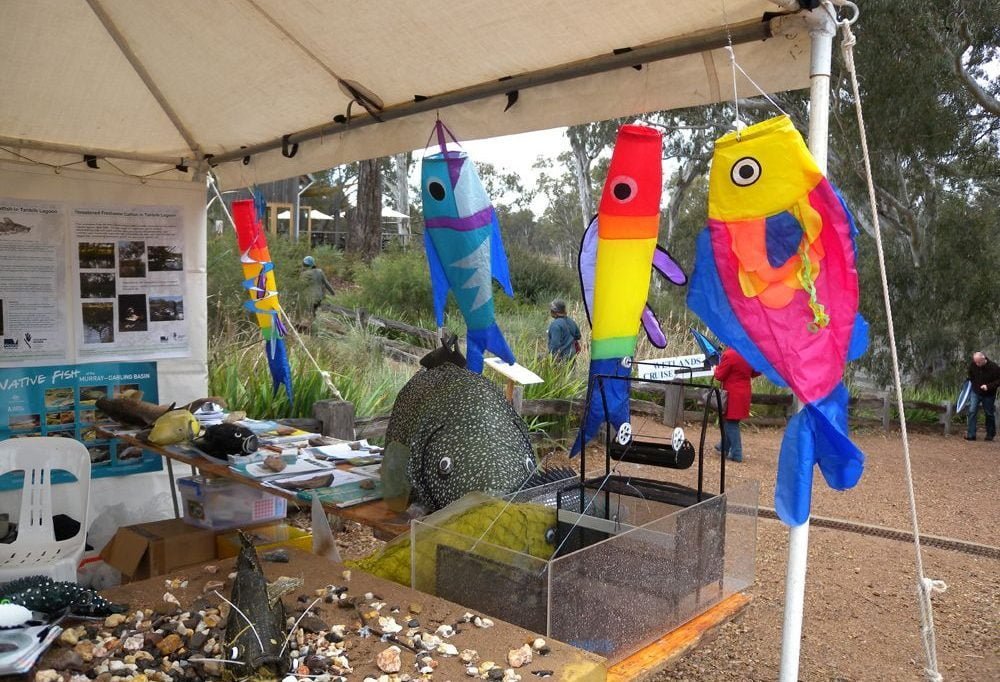
Quick tips:
- Strategic forward planning is required from the start, and throughout the project, to identify potential funding opportunities and partnerships, and to adapt to changing funding environments.
- Comprehensive planning documents, and the dissemination and quantification of progress to achieve outcomes maximises the appeal of the project to potential funders.
- Emphasising the linkages between demonstration reaches and existing programs and initiatives highlights multiple benefits.
- If funding changes over time, be realistic and clear about what can be achieved with available funds.
- Think laterally and focus on building strong and broad partnerships to maximise the potential to harness contributions, including funding, resources and in kind support.
Demonstration reaches are complex, long-term projects, and the resources required can be substantial. Securing long term funding can be a difficult task, particularly given that the funding cycles for Federal and State governments can be quite short-term. While funds may be obtained to establish and begin implementing a project, it is essential to continue to seek funding for ongoing work.
Traditionally, catchment management authorities and natural resource management agencies have been key funders and partners of demonstration reaches. Demonstration reaches can be promoted as extending the activities of such organisations, and they can be used to coordinate a number of existing activities into a consolidated program that uses fish as indicators of success. Building on existing initiatives and programs is better than starting from scratch, and this should be emphasised to such organisations. For example, if there are already plans to construct a fishway, or mitigate cold water pollution, a demonstration reach can ‘piggy back’ on these activities.
Funding bodies increasingly expect a clear focus outcomes reporting to demonstrate the value of their investment. This is a key point to highlight in funding bids as it emphasises the value of demonstration reaches. The existence of planning documents (Whole of Life Plans, Communication and Engagement Plans, Monitoring and Evaluation Plans), as well as milestone reports, can provide excellent “business plans” for seeking funding. These plans also facilitate the preparation of funding bids, since relevant information is easily accessible and already collated.
A significant amount of time is often invested in developing and coordinating funding bids, potentially with little reward. It is important to consider the appropriate level of effort based on size of the potential funding opportunity. Targeting long-term regional investment should be the primary focus, however, if options are limited, short-term funding sources may enable implementation of particular activities which keep the project going.
Strong communication between stakeholders, sharing information and making use of participants’ knowledge, ideas and connections can also help maximise opportunities for potential funding. Thinking laterally to identify and pursue new funding sources also broadens options. Be innovative in developing options and ideas, and focus on building trust and understanding with potential partners.
It is important to be clear about the minimum level of monitoring that can be undertaken to be scientifically rigorous and supportable. If monitoring is limited, those involved must have realistic expectations of what information can be obtained, and this should be communicated clearly.
It should be recognised that if good results are obtained during monitoring programs (i.e. improving trends in fish populations and river health), these provide an opportunity to leverage further funding.
Reduced funding can potentially restrict every aspect of a demonstration reach, including implementation of fewer onground actions and fewer staff to manage the project. The focus may need to shift to even stronger engagement with existing and potential partners to look for new opportunities. In addition to partners providing direct funds, other support such as the provision of information and resources, participation in events, and support by staff can represent valuable ‘in kind’ contributions.
Each existing demonstration reach has grappled with changing funding environments. Some have developed strong connections with corporate partners, with great success. When approaching potential partners, it is important to ensure they are very clear of aims of the demonstration reach, required actions, and intended outcomes. An emphasis on ongoing and strong dissemination of the project’s progress and achievements help maintain a high profile to maximise ongoing interest in the demonstration reach. If corporate partners view a demonstration reach as a high profile program, this has clear appeal for their own promotion. Experience has shown, not unsurprisingly, that larger reaches which have a greater community profile and involvement of multiple partners have a much greater potential to gain significant funding from external industries and businesses.
Examples:
- Dewfish demonstration reach – detailed planning and clear direction provided impetus and a willingness for co-investment. Strong partnerships between the community, government and industry attracted $1.5 million in cash, more than $1.6 million of in kind support and more than 3000 volunteer days. The initiative attracted 19 different industry partners including energy companies, engineering companies and rural farming and pastoral companies.
- Katfish demonstration reach – partners have invested an additional $2.25 million to the project and in 2014/5 another $$44 million has been committed to the project.
- Upper Murrumbidgee demonstration reach – corporate investment has included water agencies responsible for managing the ACT water supply providing in kind input including supply and access to monitoring and evaluation data and infrastructure created by the agencies within and beyond the reach. There have been contributions to water quality and volume monitoring, including towards a new gauging station and funds to undertake fish, macro-invertebrate and riparian health monitoring.
- Namoi demonstration reach is currently engaging with potential corporate partners such as mining companies located in the reach. They have gained in kind support including mining companies providing logs for re-snagging activities as well as on-ground works being undertaken on land owned by such companies.

